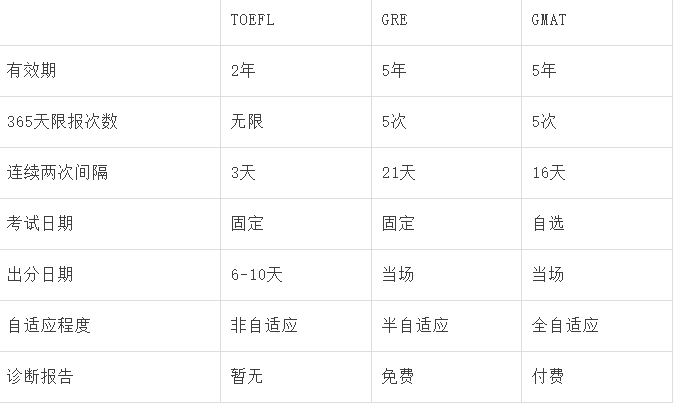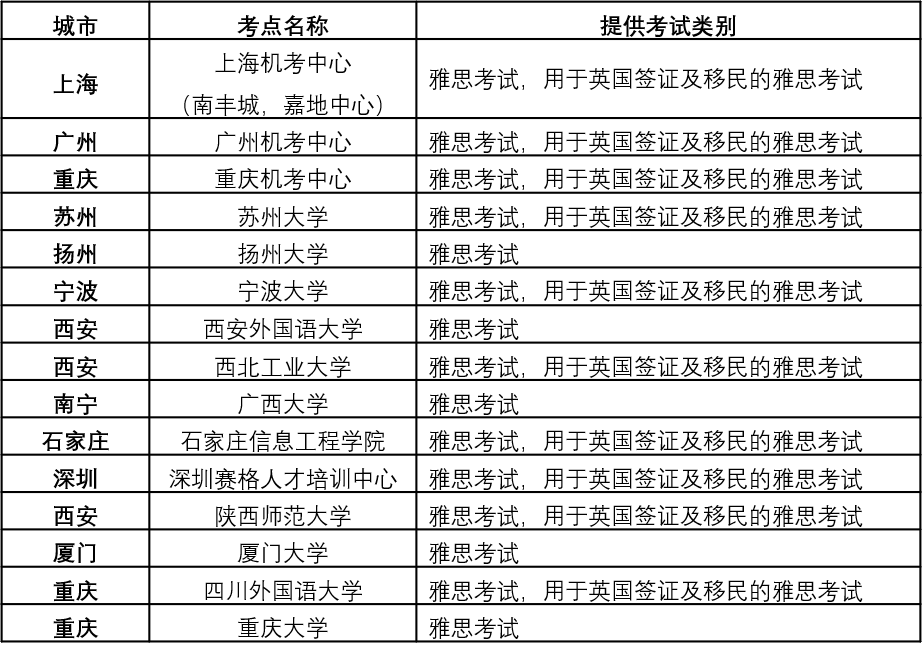托福多少分可以出国?不同地区要求有所不同,今天小编给大家带来托福多少分可以出国,希望可以帮助到大家,下面小编就和大家分享,来欣赏一下吧。
托福多少分可以出国?不同地区要求有所不同
1、很多学校对新托福(IBT)要求的底线分数(minimum requirements)是79或者80分。
2、很多北美top 100的大学以及其它一些世界前100名的大学对新托福(IBT)的要求要高一些,比如耶鲁大学要求IBT的成绩至少为100分。
3、除此之外,北美很多大学对IBT口语单项的分数有专门的要求,比如我以前有个同学的IBT成绩超过了100分,但是口语单项成绩没有达到22分,所以她最后还是重考了一次。
4、为了申请奖学金,托福的成绩越高越好,可以这么说,每所学校的奖学金名额是有限的,因此在同等的条件下,如果你的IBT成绩比别人高,那么你将有获得奖学金的优先权。
总之而言,首先要看的是自己准备去的地方,也可以去自己所准备去的国外院校官网查询,也可以点击了解更多国外院校托福成绩要求。
托福阅读真题原题+题目
By far the most important United States export product in the eighteenth and nineteenth centuries was cotton, favored by the European textile industry over flax or wool because it was easy to process and soft to tile touch. Mechanization of spinning and weaving allowed significant centralization and expansion in the textile industry during this period, and at the same time the demand for cotton increased dramatically. American producers were able to meet this demand largely because of tile invention of the cotton gin by Eli Whitney in 1793. Cotton could be grown throughout the South, but separating the fiber — or lint — from the seed was a laborious process. Sea island cotton was relatively easy to process by hand, because its fibers were long and seeds were concentrated at the base of the flower, but it demanded a long growing season, available only along the nation's eastern seacoast. Short-staple cotton required a much shorter growing season, but the shortness of the fibers and their mixture with seeds meant that a worker could hand-process only about one pound per day. Whitney's gin was a hand-powered machine with revolving drums and metal teeth to pull cotton fibers away from seeds. Using the gin, a worker could produce up to 50 pounds of lint a day. The later development of larger gins, powered by horses, water, or steam, multiplied productivity further.
The interaction of improved processing and high demand led to the rapid spread of the cultivation of cotton and to a surge in production. It became the main American export, dwarfing all others. In 1802, cotton composed 14 percent of total American exports by value. Cotton had a 36 percent share by 1810 and over a 50 percent share in 1830. In 1860, 61 percent of the value of American exports was represented by cotton.
In contrast, wheat and wheat flour composed only 6 percent of the value of American exports in that year. Clearly, cotton was king in the trade of the young republic. The growing market for cotton and other American agricultural products led to an unprecedented expansion of agricultural settlement, mostly in the eastern half of the United States — west of the Appalachian Mountains and east of the Mississippi River.
1. The main point of the passage is that the eighteenth and nineteenth centuries were a time
when
(A) the European textile industry increased its demand for American export products
(B) mechanization of spinning and weaving dramatically changed the textile industry
(C) cotton became a profitable crop but was still time-consuming to process
(D) cotton became the most important American export product
2. The word favored in line 2 is closest in meaning to
(A) preferred
(B) recommended
(C) imported
(D) included
3. All of the following are mentioned in the passage as reasons for the increased demand for
cotton EXCEPT
(A) cotton's softness
(B) cotton's ease of processing
(C) a shortage of flax and wool
(D) the growth that occurred in the textile industry.
4. The word laborious in line 8 is closest in meaning to
(A) unfamiliar
(B) primitive
(C) skilled
(D) difficult
5. According to the passage , one advantage of Sea island cotton was its
(A) abundance of seeds
(B) long fibers
(C) long growing season
(D) adaptability to different climates
6. Which of the following can be inferred from the passage about cotton production in the United
States after the introduction of Whitney's cotton gin?
(A) More cotton came from Sea island cotton plants than before.
(B) More cotton came from short-staple cotton plants than before.
(C) Most cotton produced was sold domestically.
(D) Most cotton produced was exported to England.
7. The word surge in line 19 is closest in meaning to
(A) sharp increase
(B) sudden stop
(C) important change
(D) excess amount
8. The author mentions wheat and wheat flour in line 23 in order to
(A) show that Americans exported more agricultural products than they imported.
(B) show the increase in the amount of wheat products exported.
(C) demonstrate the importance of cotton among American export products.
(D) demonstrate that wheat farming was becoming more profitable.
9. The word unprecedented in line 26 is closest in meaning to
(A) slow
(B) profitable
(C) not seen before
(D) never explained
10. According to the passage , the Mississippi River was
(A) one of the boundaries of a region where new agricultural settlement took place
(B) a major source of water for agricultural crops
(C) the primary route by which agricultural crops were transported
(D) a main source of power for most agricultural machinery
PASSAGE 60 DACDB BACCA
托福阅读真题原题+题目
From their inception, most rural neighborhoods in colonial North America included at least one carpenter, joiner, sawyer, and cooper in woodworking; a weaver and a tailor for clothing production; a tanner, currier, and cordwainer (shoemaker) for fabricating leather objects; and a blacksmith for metalwork. Where stone was the local building material, a mason was sure to appear on the list of people who paid taxes. With only an apprentice as an assistant, the rural artisan provided the neighborhood with common goods from furniture to shoes to farm equipment in exchange for cash or for goods in kind from the customer's field, pasture, or dairy. Sometimes artisans transformed material provided by the customer; wove cloth of yarn spun at the farm from the wool of the family sheep; made chairs or tables from wood cut in the customer's own woodlot; produced shoes or leather breeches from cow, deer, or sheepskin tanned on the farm.
Like their farming neighbors, rural artisans were part of an economy scene, by one historian, as an orchestra conducted by nature. Some tasks could not be done in the winter, other had to be put off during harvest time, and still others waited on raw materials that were only produced seasonally. As the days grew shorter, shop hours kept pace, since few artisans could afford enough artificial light to continue work when the Sun went down. To the best of their ability, colonial artisans tried to keep their shops as efficient as possible and to regularize their schedules and methods of production for the best return on their investment in time, tools, and materials. While it is pleasant to imagine a woodworker, for example, carefully matching lumber, joining a chest together without resort to nails or glue, and applying all thought and energy to carving beautiful designs on the finished piece, the time required was not justified unless the customer was willing to pay extra for the quality — and few in rural areas were. Artisans, therefore, often found it necessary to employ as many shortcuts and economics as possible while still producing satisfactory products.
1. What aspect of rural colonial North America does the passage mainly discuss?
(A) Farming practices
(B) The work of artisans
(C) The character of rural neighborhoods
(D) Types of furniture that were popular
2. The word inception in line 1 is closest in meaning to
(A) investigation
(B) location
(C) beginning
(D) records
3. The word fabricating in line 3 is closest in meaning to
(A) constructing
(B) altering
(C) selecting
(D) demonstrating
4. It can be inferred from the passage that the use of artificial light in colonial times was
(A) especially helpful to woodworkers
(B) popular in rural areas
(C) continuous in winter
(D) expensive
5. Why did colonial artisans want to regularize their schedules and methods (line 18)?
(A) to enable them to produce high quality products
(B) to enable them to duplicate an item many times
(C) to impress their customers
(D) to keep expenses low
6. The phrase resort to in line 21 is closest in meaning to
(A) protecting with
(B) moving toward
(C) manufacturing
(D) using
7. The word few' in lines 23 refers to
(A) woodworkers
(B) finished pieces
(C) customers
(D) chests
8. It can be inferred that the artisans referred to in the passage usually produced products that
were
(A) simple
(B) delicate
(C) beautifully decorated
(D) exceptionally long-lasting
PASSAGE 61 BCADD DCA
托福多少分可以出国呢
上一篇:托福口语高分如何获得
下一篇:返回列表






